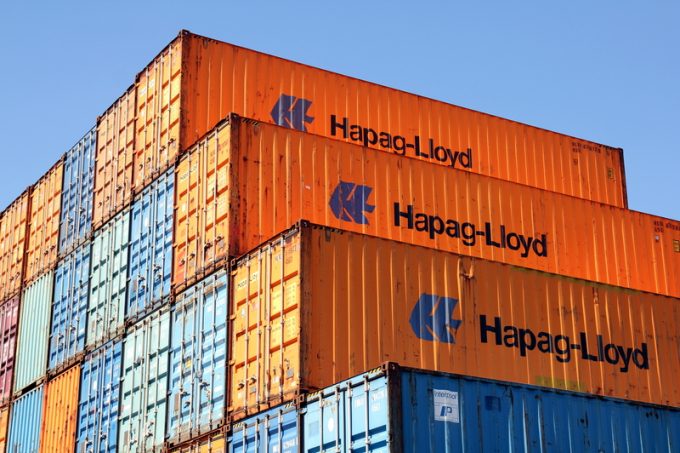Bullish Hapag Lloyd reports 'solid half-year results in a volatile market'
Hapag-Lloyd today posted H1 numbers that included reduced profits, but the carrier remained bullish its ...

Hapag-Lloyd today announced it has invested around €550m ($657m) in new containers as it seeks to address the crippling shortages faced by shippers and forwarders around the world.
The carrier said it was among its largest-ever box orders, as it continues to struggle with elongated container ...

Comment on this article